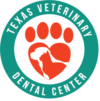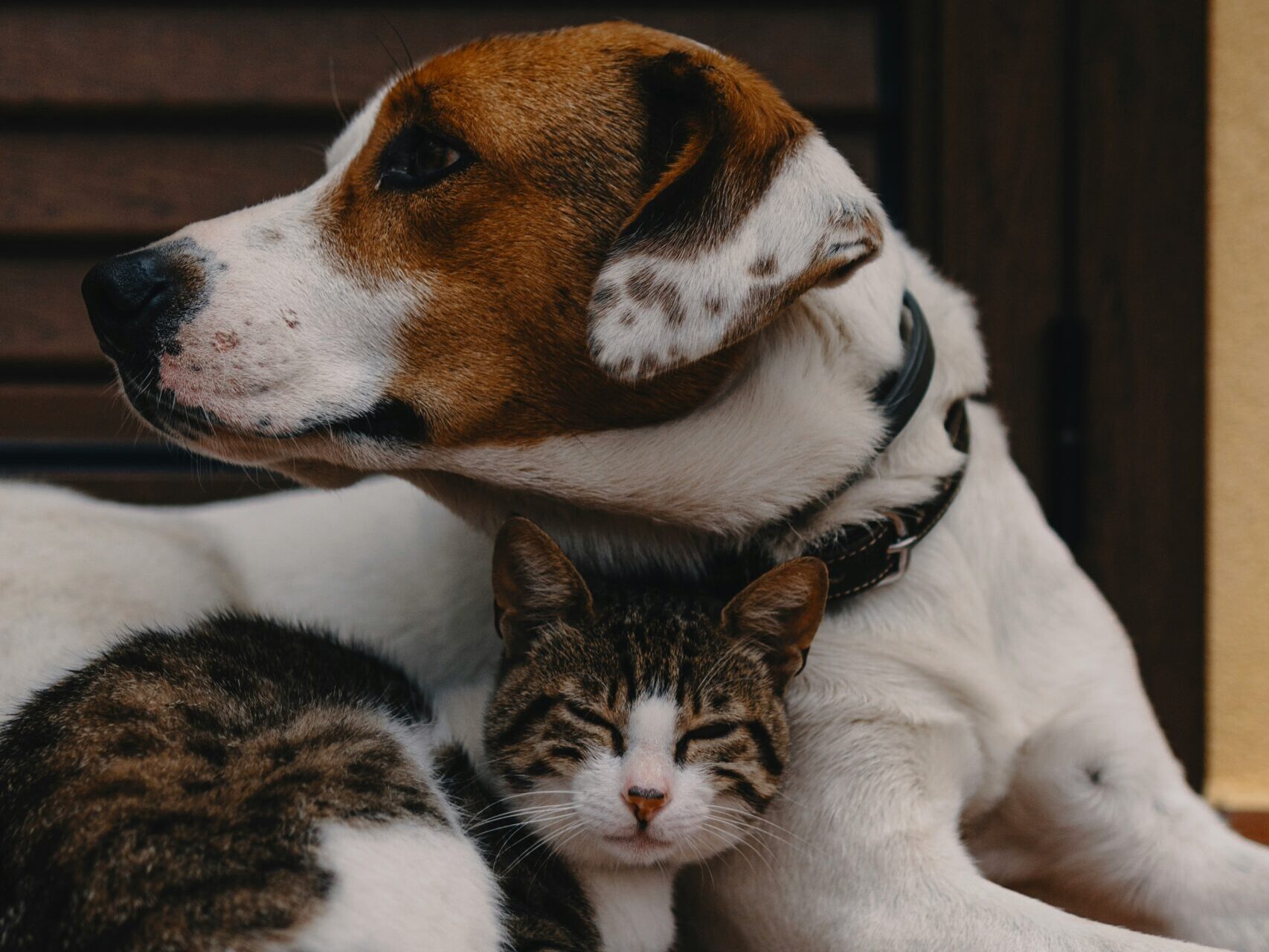Your pet’s teeth are a complex, living part of their body. There are three main regions of the tooth known as the crown, the root, and the pulp chamber.
Dog and Cat Tooth Anatomy
The Crown
The crown is the visible and functional portion of the tooth, consisting of two layers. The outermost layer, called the enamel, is a highly mineralized, durable, and nonporous coating that protects the other layers of the crown. Enamel is semi-translucent and white in color. The inner layer is a yellow, structural layer called dentin. This layer extends from the crown down to the apex of the root. Dentin is a porous mineral complex with a network of cells responsible for the maintenance and repair of the tooth.
The Root
The root is the section of dentin that exists underneath the gumline and is covered in a layer of cementum. Cementum is a mineralized tissue that interacts with the periodontal ligament to anchor the tooth in place. The junction point where the crown’s enamel and the root’s cementum meet is referred to as the cementoenamel junction. This junction is commonly referred to as the neck and is where your pet’s gum tissue attaches to the tooth.
The Pulp
The pulp chamber is the central region of the tooth, which extends from the apex of the root into the crown. The pulp is composed of a combination of blood vessels, nerves, and the main bodies of the cells that produce dentin. This pulp is responsible for both the sensations felt by the tooth and supplying the nutrients needed to keep the tooth alive. Any damage or disease affecting the pulp will often lead to a non-vital (dead) tooth, discoloration, and endodontic disease requiring either extraction or a root canal procedure.
Compassionate Pet Dental Care in Houston
Call our office and schedule an appointment for an oral examination for your pet today!
Images used under creative commons license – commercial use (4/10/2025). Photo by Alec Favale on Unsplash (cropped)

